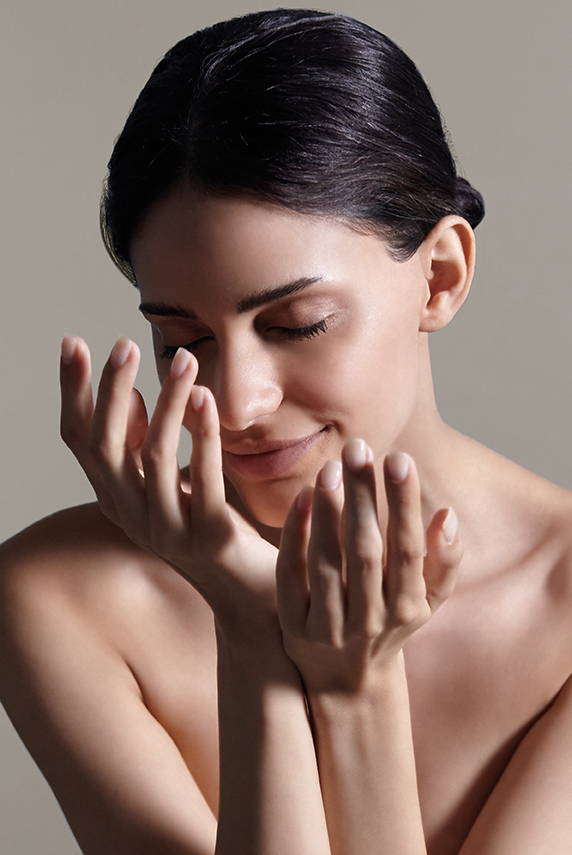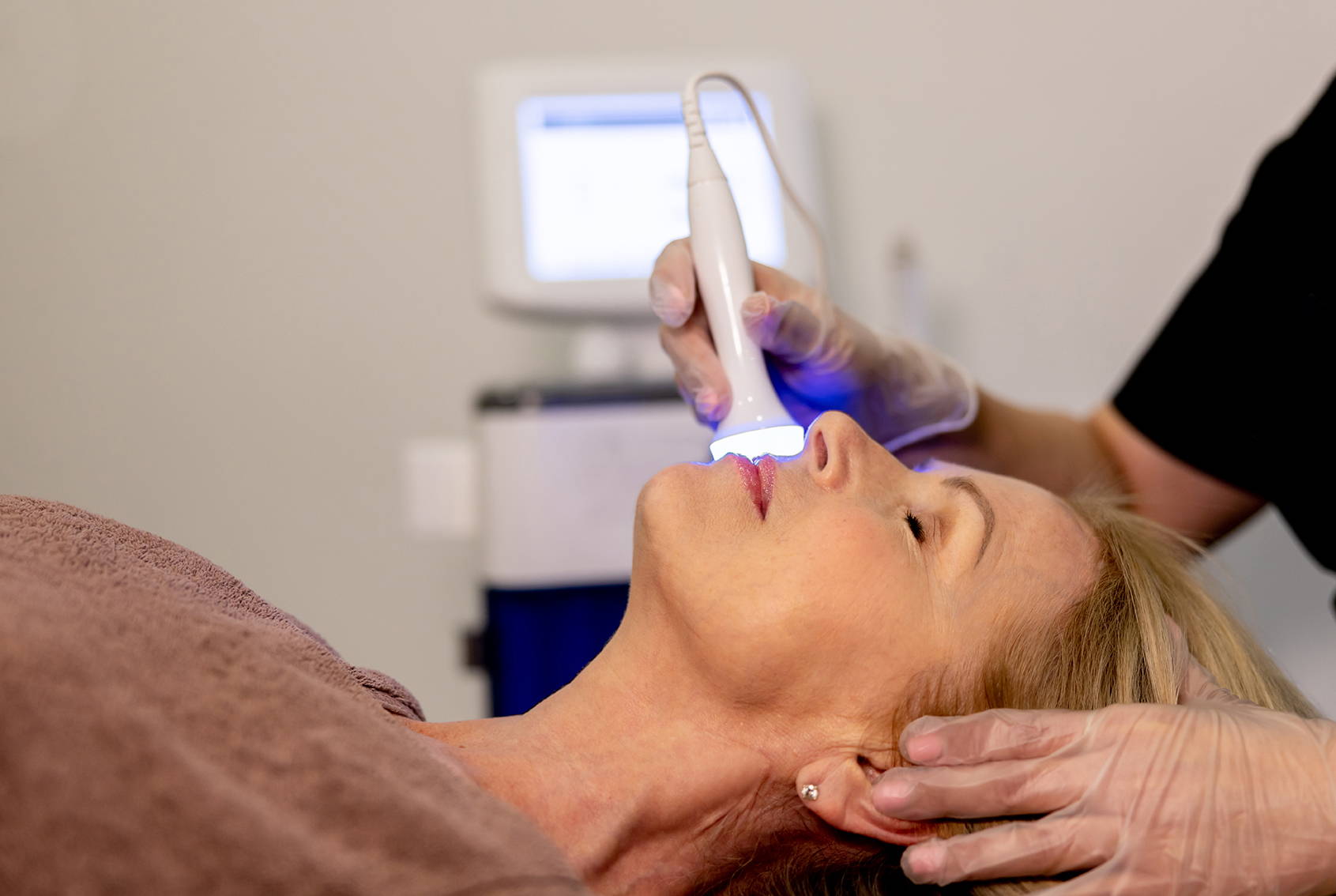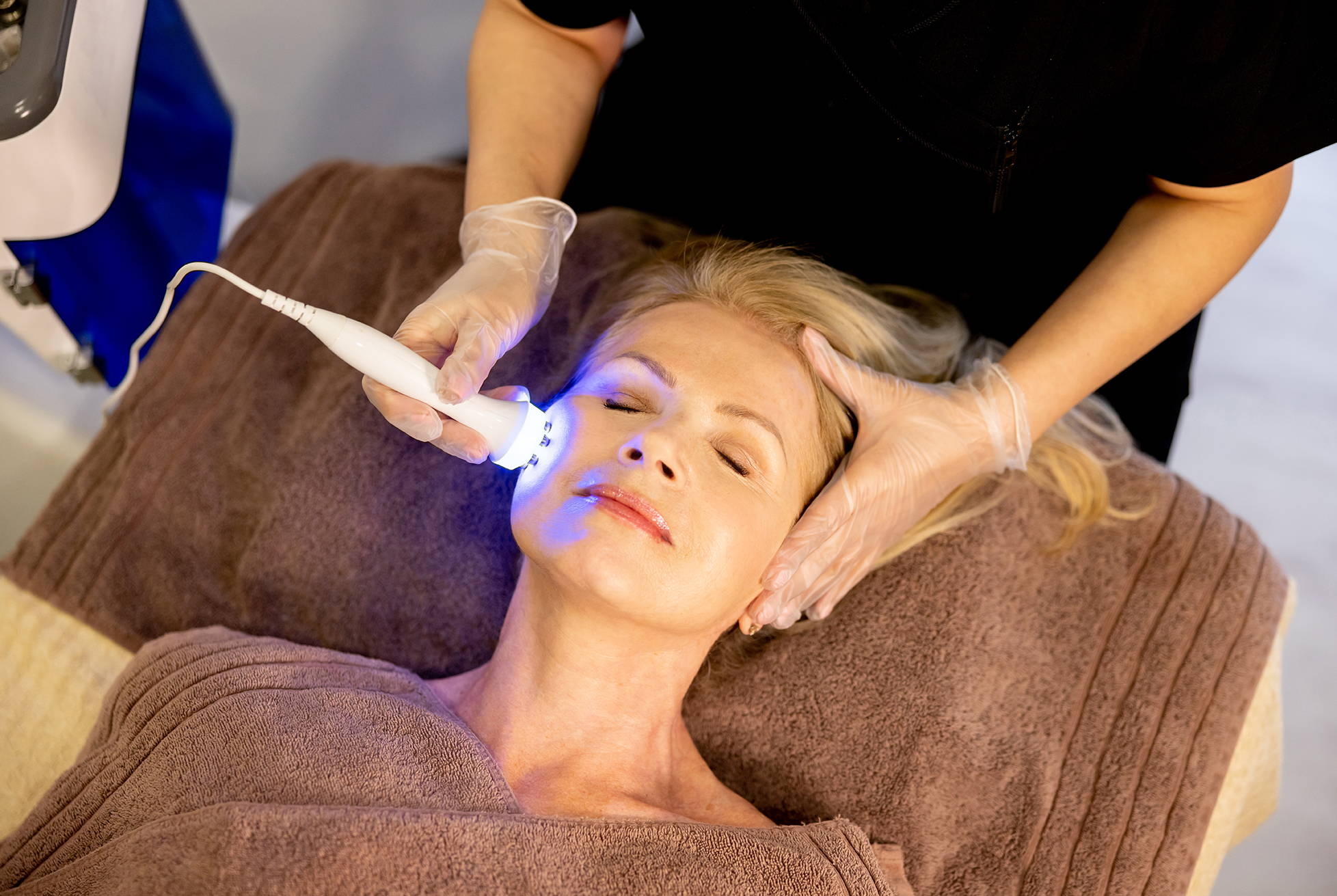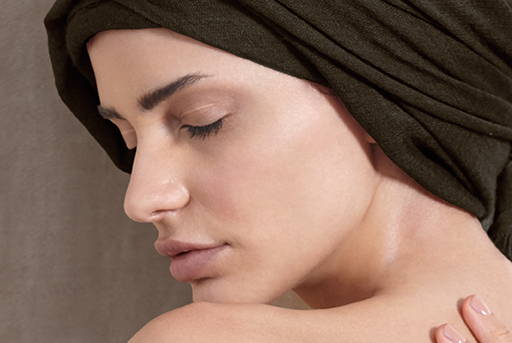Published: November 29, 2022
If you are looking for a way to improve the overall health and appearance of your skin, we recommend considering LED light therapy. This specialized treatment utilizes a noninvasive light to alleviate several concerns.
LED light therapy is a developing field in cosmetic treatments that can be beneficial for all skin types. It has been steadily gaining popularity in recent years as more people are drawn to it for the physical and mental benefits as well as the short treatment time. We’re going to take a close look at LED light therapy—how it actually works to the specific benefits it can offer.
""LED therapy can also be used on the neck and chest, which are other areas that tend to show signs of aging"
Monica Poli, [ comfort zone ] Skin Science and Technologies Manager

Though LED light therapy might sound new, it has actually been around since the early 1960s. However, it didn’t become well-known until the ‘90s when NASA began utilizing it for plant growth on shuttle missions. During that time, people consequently discovered it to be a quite promising method for skin treatment.
Light emitting diodes (LED) emit a narrow spectrum of light that is absorbed directly into the skin. This process is what's responsible for healing and rejuvenating the skin. Different wavelengths, including blue, red, yellow, green, and infrared light are used to treat a range of skin issues. A combination of the aforementioned lights may be used for specific concerns.
Some common reasons for getting LED light therapy may include: anti-aging, acne, eczema, rosacea, scarring, sun damage, hair loss, facial texture, wounds, collagen production,, wrinkles, Reduction in inflammation
One of the main benefits of LED light therapy is its safety. This treatment provides all the benefits of light absorption, without the potentially harmful ultraviolet light. While treatments such as laser therapies and chemical peels may accomplish a similar result, LED light therapy is completely painless and safe for all skin types and colors.
LED light therapy can be performed at a dermatology office or even at home. Regardless of location, make sure you consult with a doctor first to properly diagnose the condition you’re seeking to treat.


While chemical peels result in smooth and rejuvenated skin, they can be costly and time-consuming. If you are looking to exfoliate on a budget, take a look at some of our at-home products that are both effective and safe.
Our products are made to nourish and protect (try our body peel scrub for smoothness or our peel pads for brightening!) so you always feel at home in your own skin.
If you’re interested in getting a safe and trustworthy treatment, connect with a Comfort Zone spa near you.
